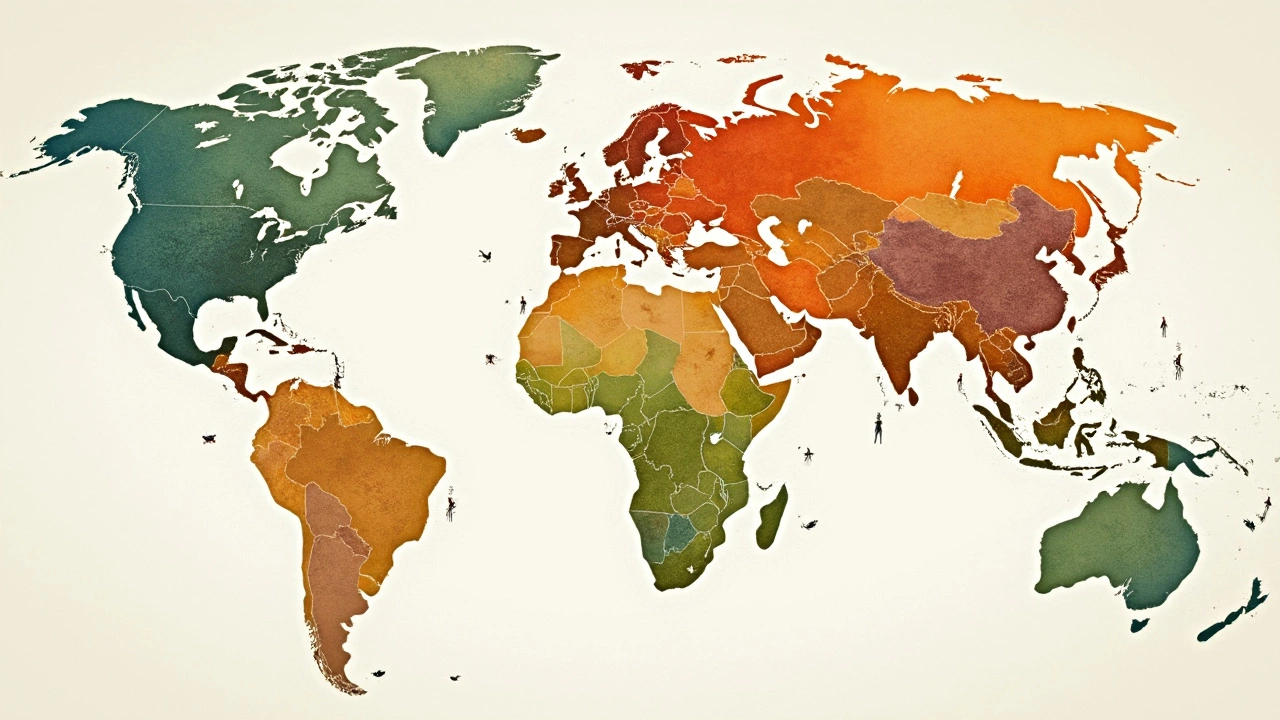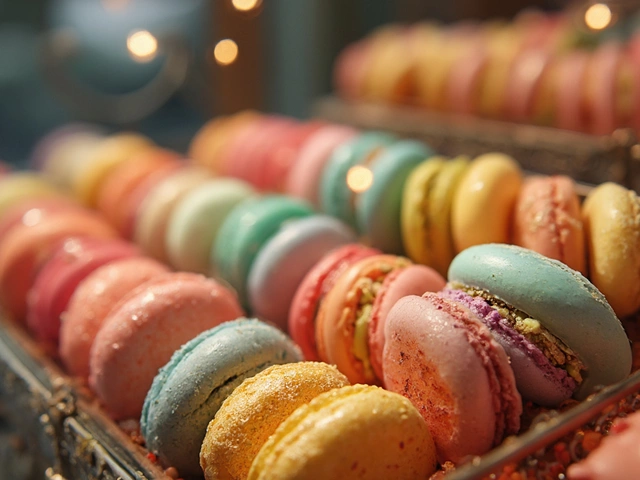Celiac Disease – What You Need to Know for Baking Safe Desserts
If you’ve been told you have celiac disease, the first thing you hear is “no gluten.” That simple rule can feel overwhelming when you love sweets. The good news is most dessert recipes can be tweaked with a few easy swaps, and you don’t have to give up flavor.
Celiac disease is an autoimmune condition. When you eat gluten, your small intestine reacts and damages the lining, leading to nutrient loss and uncomfortable symptoms. Because the reaction can happen even with tiny gluten traces, cross‑contamination is a real risk. That means you need a clean workspace, dedicated tools, and a clear list of safe foods.
Everyday Tips for Staying Gluten‑Free
Start by stocking your pantry with certified gluten‑free staples: rice flour, almond flour, oat flour (look for a gluten‑free label), corn starch, and xanthan gum. These basics let you replace wheat flour in most recipes. Keep a separate set of measuring cups, mixing bowls, and spatulas for gluten‑free work. Even a small crumb from a regular cake can ruin a batch.Read labels every time. Gluten hides in unexpected places like sauces, flavor extracts, and even some chocolate chips. Look for the “gluten‑free certified” badge, which means the product contains less than 20 ppm of gluten.
When you’re at a friend’s house, bring your own frosting or a small batch of your favorite gluten‑free treat. That avoids the guesswork and shows you’re prepared.
Quick Gluten‑Free Fixes from Our Recipes
Got a recipe that calls for all‑purpose flour? Swap it with a 1:1 gluten‑free flour blend, or mix 1 cup rice flour, 1/4 cup potato starch, and 1/4 cup tapioca starch. Add a pinch of xanthan gum to give the batter the stretch that gluten normally provides.
Our “Gluten‑Free Cakes Sink” article explains why gluten‑free cakes can collapse and how to fix it with an extra egg or a bit more leavening. The same principle works for brownies and muffins—just add a teaspoon of baking powder if the recipe feels dense.
If a recipe uses oats, replace them with certified gluten‑free oats or use rolled quinoa for crunch. For chocolate, choose bars that specifically state they are gluten‑free; most plain dark chocolate meets that rule.
When you need a quick frosting, blend cream cheese, powdered sugar, and a splash of vanilla extract. No flour needed, and it works on cupcakes, sheet cakes, or even as a dip for fruit.
Finally, keep a cheat‑sheet of your favorite gluten‑free resources. Our “Gluten‑Free Grains List” breaks down which grains are safe, and the “Why Gluten‑Free Cakes Are Dense” guide gives you science‑backed tips to make light, airy bakes.
Living with celiac disease means paying extra attention, but it doesn’t mean giving up dessert. With the right tools, ingredient swaps, and a few proven tricks, you can enjoy sweet treats that are safe and delicious every day.

Why Is Celiac Disease So Common Now? Gluten-Free in the Spotlight
Celiac disease diagnoses have soared over the last few decades, turning gluten-free cakes into a daily reality for many. This article breaks down why the condition is more common now, uncovers the role of modern diets, and gives tips for safe baking. It also separates myths from facts and offers guidance for living gluten-free without missing out on treats. Whether you’re newly diagnosed or just gluten-curious, there’s practical info here for you.
View More
Which Nationalities Are Most Affected by Celiac Disease?
Celiac disease, a condition linked to gluten intolerance, varies in prevalence worldwide. Discover which nationalities are most affected and why. Understand its global presence and get tips on gluten-free living. Helpful insights into managing celiac for those from high-risk regions.
View More




